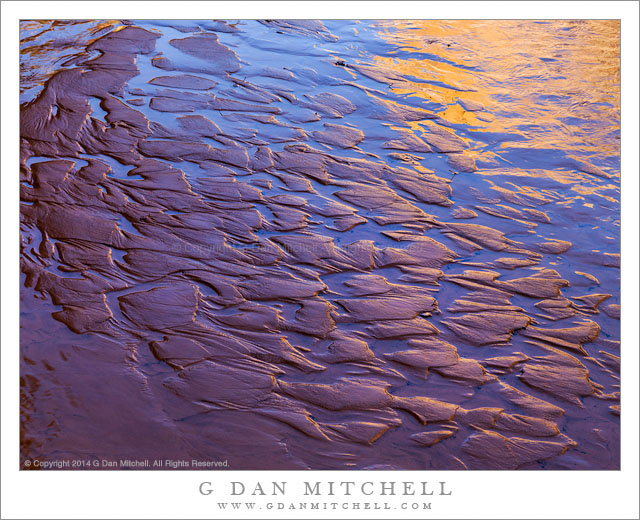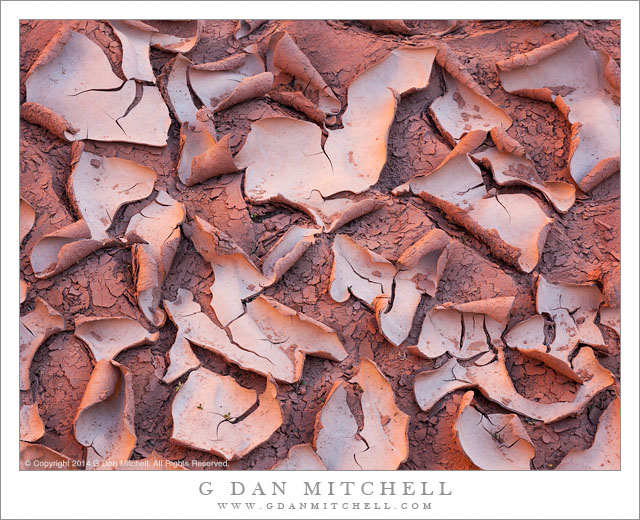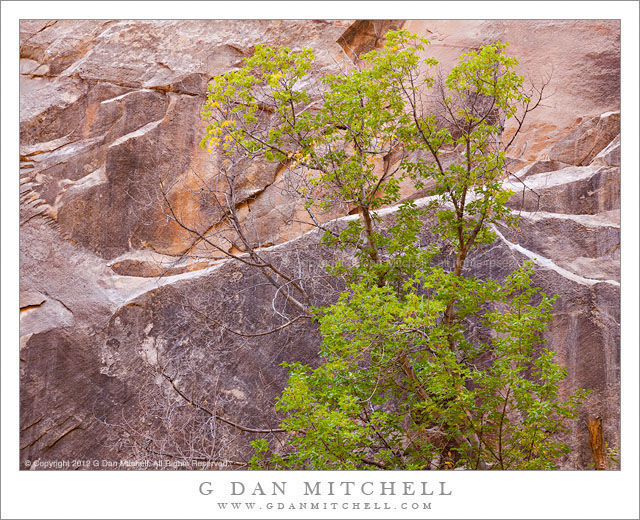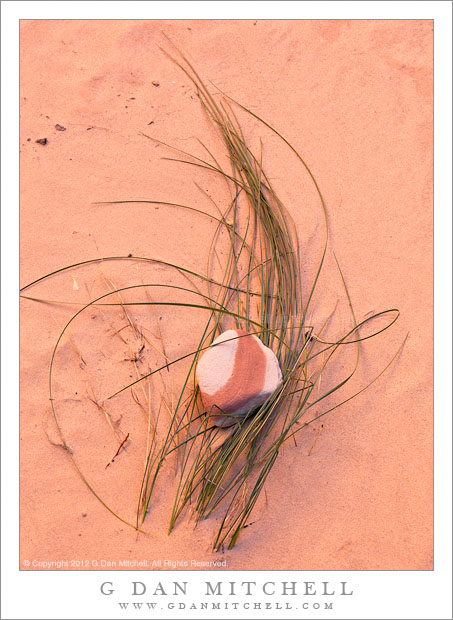Two decades after agreements between Utah and federal government to protect this national monument for all Americans in perpetuity, Grand Staircase-Escalante National Monument is under threat from an administration that wants us to overlook its precious qualities and forget the hard-fought agreements (many of which benefit Utah) that let to its creation.
Some will tell you that places like Escalante-Grand Staircase National Monument are “empty” lands, and I can understand why a person might assume so — perhaps a first-time visitor or possibly a person who has never been there and is skeptical about what others say about the place.
I came to the red rock country rather late myself. I had decades in “my Sierra” under my belt, and it was hard to see how this Utah landscape could compare to the rocky heights,meadows, and forests I knew, especially since my only experience with Utah had come when I was very young and my family drove across the state past the Great Salt Lake on the way to someplace else.

But friends insisted, “You have to go to Utah!” Eventually I went, hitting the big national parks, justifiably famous for deep canyons, red rock pinnacles, domes, and more. I even passed through Grand Staircase-Escalante National Monument, driving through the town of Escalante — I don’t recall stopping — on my way to one of those other places, unaware of and uninterested in what might be in the “empty” place outside the town.

Although I missed many things, at least I knew that I wanted to come back to Southern Utah.
Not long afterwards, a photographer friend suggested we go there in the fall and explore some places that he and his friends know. He has photographed here for decades, so I welcomed the chance to learn about places off the beaten track. We started in one of those big national parks, but then we headed to Kanab, and from there we decided to explore a few less known locations.

One morning we headed up a road into Grand Staircase-Escalante National Monument. There was the camaraderie of being on the road with friends, along with the expectation that I would “discover” interesting things. However, as we headed up this gravel track, I found the visual impact of the scene was, to be honest, less than stunning. It seemed like, dare I admit it, an “empty” landscape — dry, relatively flat, no rocky peaks, and on that day a boring sky.
Miles up the road we pulled out and parked along a short nondescript spur, dusty and surrounded by brush. (Stopping at nondescript places would eventually become something to look forward to in this country!) I couldn’t see a thing that suggested a photograph, but we loaded up and dropped down a hill to a small creek. This was to be, finally, my first real introduction to canyon country.

I’m in my element in the Sierra, where most everything is, by now, second nature. I was distinctly not in my element here, and almost everything was new. We followed the shallow stream, sometimes walking on soft and wet sand, at times crossing drier ground between meanders and passing beneath cottonwoods, and often just wading straight up the creek. Rock walls began to rise on either side of the creek, and before long we were in a fairly narrow canyon. In places brush grew from cracks in the red rock, lit by reflected light bouncing down the canyon walls from above. The gentle sound of the creek was a constant accompaniment. I began to notice small things — some reflecting mud, a riffle reflecting light from canyon walls and sky, a few leaves lying on red rock, grass bent by passing water, reddish sand, rock strata offset by a crack, the texture of wet sand — and each one warranted a pause to photograph.
Not all places worth protecting qualify on the basis of monumental, stupendous features. Saving those is easy, since anyone can see they are spectacular. (OK, almost anyone.) But just because a landscape like that of Grand Staircase-Escalante reveals itself gradually and more quietly and over a longer period of time, it and the “empty space” it occupies are no less precious. In fact, because this beauty is more fragile and less obvious, I would argue that it may be even more precious.
 G Dan Mitchell is a California photographer and visual opportunist. His book, “California’s Fall Color: A Photographer’s Guide to Autumn in the Sierra” is available from Heyday Books and Amazon.
G Dan Mitchell is a California photographer and visual opportunist. His book, “California’s Fall Color: A Photographer’s Guide to Autumn in the Sierra” is available from Heyday Books and Amazon.
Blog | About | Flickr | Twitter | Facebook | Google+ | LinkedIn | Email
All media © Copyright G Dan Mitchell and others as indicated. Any use requires advance permission from G Dan Mitchell.
